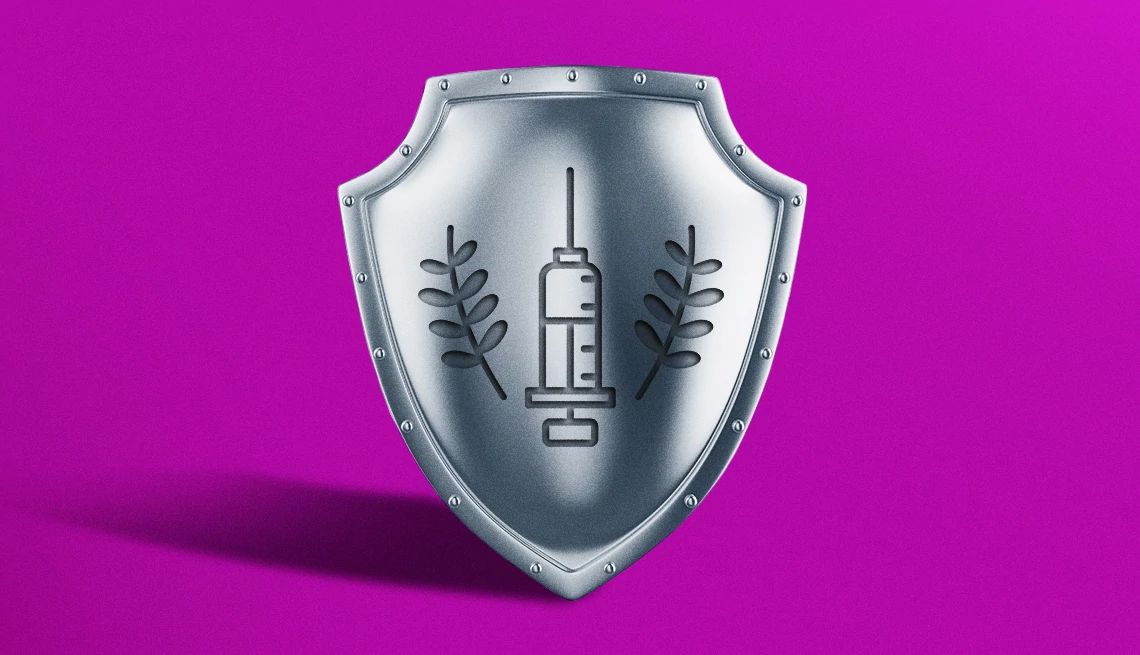AARP Hearing Center


When the temperature begins to drop, respiratory illnesses like cold and flu start to rise. So now is the time of year to take inventory of what’s in your medicine cabinet and stock up on the essentials to avoid any last-minute trips to the store if you get sick.
One thing to keep in mind: While a number of over-the-counter remedies can bring relief from the bothersome symptoms that accompany seasonal illnesses, it’s important to touch base with your health care provider when you start to feel sick, says Paul O’Rourke, M.D., associate professor of clinical medicine at the Johns Hopkins University School of Medicine.
If it is the flu — and a simple test at home or at the doctor’s office can tell — a prescription antiviral medication can help ease symptoms and prevent the illness from getting worse. “But it does need to be started pretty soon with the onset of symptoms,” O’Rourke says. The same goes for COVID-19 treatments, if you test positive for a coronavirus infection.
Here are eight indispensable items to stock in the medicine cabinet to prepare for cold and flu season.
1. Thermometer
First on O’Rourke’s list of cold-and-flu-season essentials is a working thermometer — whether it’s one that goes in the mouth or hovers over the forehead. “It’s important to have one around so that you can objectively assess if you do have a fever, and to provide that information to your physician if you are sick, because that can help with managing your symptoms,” he adds.
A temperature higher than 101 degrees Fahrenheit is considered “a true fever” and warrants a call to your doctor, O’Rourke says.
2. Pulse oximeter
Emergency warning signs of flu
If you experience the following symptoms, seek medical care right away.
- Difficulty breathing or shortness of breath
- Persistent pain or pressure in the chest or abdomen
- Persistent dizziness, confusion, inability to wake up
- Seizures
- Not urinating
- Severe muscle pain
- Severe weakness or unsteadiness
- Fever or cough that improves but then returns or worsens
- Worsening of chronic medical conditions
Source: U.S. Centers for Disease Control and Prevention
Another helpful tool to have on hand is a pulse oximeter, which measures blood oxygen levels. People who develop serious complications from the flu and COVID can experience difficulty breathing or shortness of breath. So if you start having breathing issues or upper respiratory symptoms, “you would be able to assess the oxygen levels in your blood and be able to report that to your physician or medical team,” O’Rourke explains.
The more familiar pulse oximeters attach to a finger, but some home models are designed to be used on the ears, nose or forehead.
The Food and Drug Administration (FDA) has information on how to take a reading at home and interpret the results. One thing to know: Research has found that pulse oximeters may be less accurate in individuals with darker skin pigmentation. The FDA says that people with COVID who are monitoring their symptoms at home “should pay attention to all signs and symptoms of their condition and communicate any concerns to their health care provider."

































































)
))
))




)






More From AARP
FDA Approves At-Home Flu Vaccine
Why older adults will benefit even though it’s only for people under 50A Combo COVID-Flu Vaccine Could Be Here Soon
A single shot could boost immune response and vaccination ratesWhat It’s Like to Catch COVID Over and Over
He’s had four bouts so far, and he says it has changed himRecommended for You